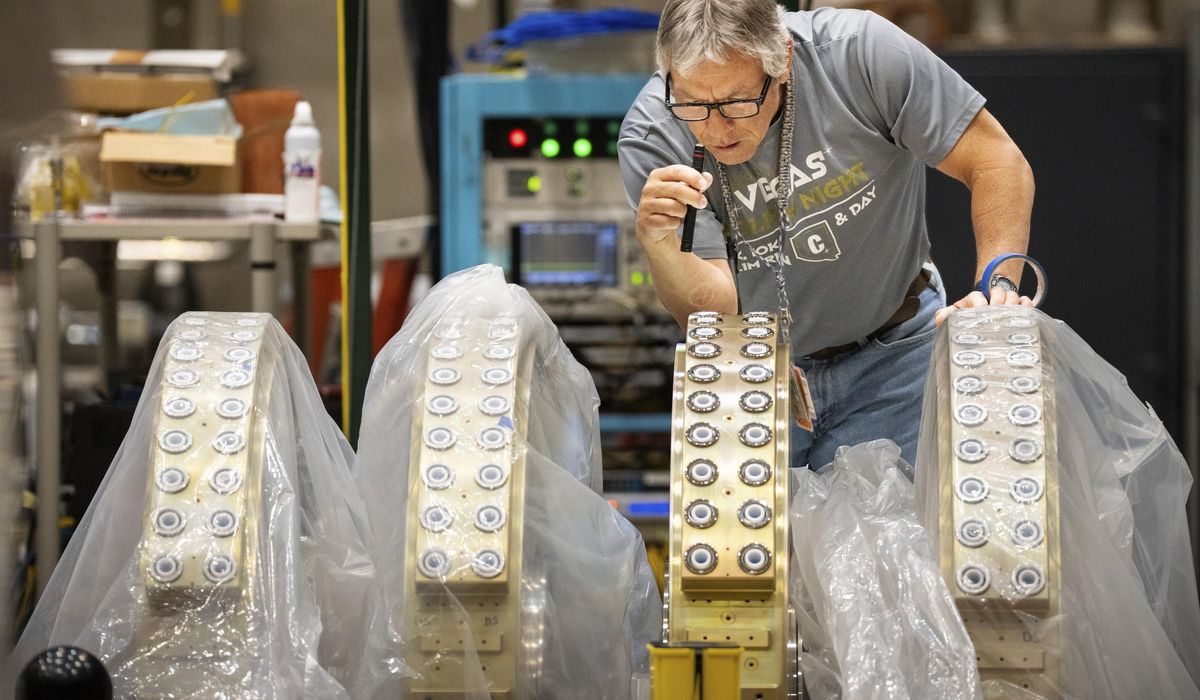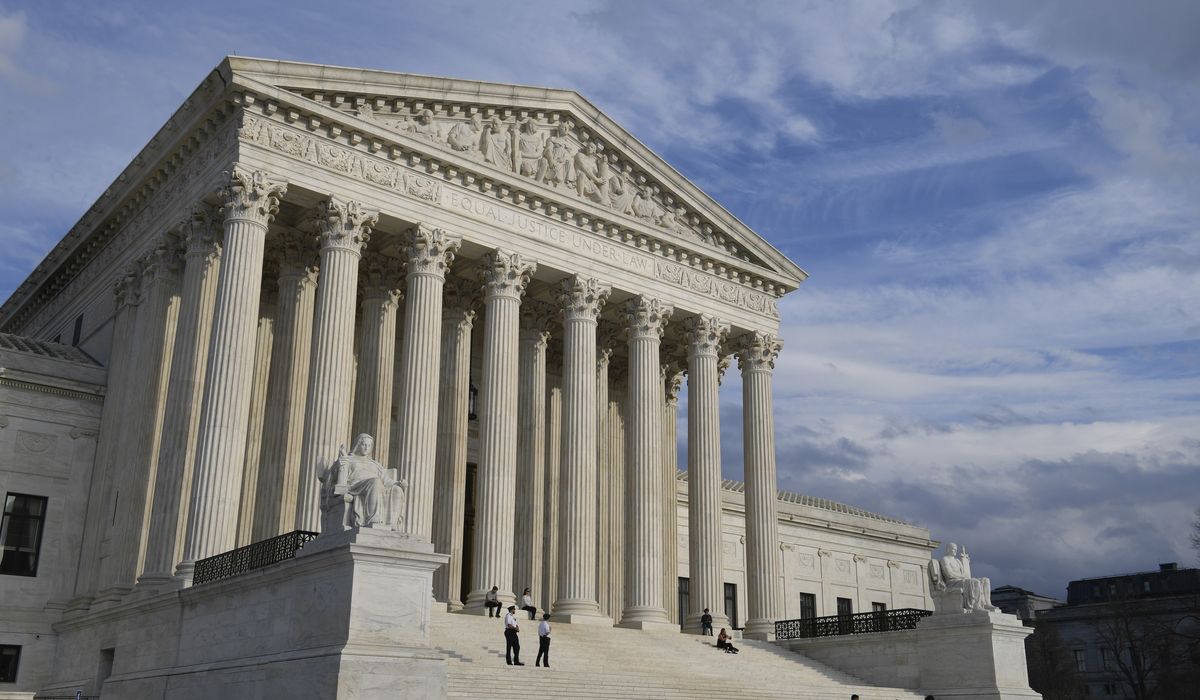U.S. Advances Toward Simulated Testing of Nuclear Weapons Stockpile
October 6, 2023 | by Kaju

Scientists in charge of maintaining the U.S. stockpile of nuclear weapons are preparing to conduct simulated testing in the Nevada desert. This testing, referred to as “tickling the dragon’s tail,” aims to validate the effectiveness and reliability of nuclear warheads without actual nuclear explosions. The project, known as Scorpius, is set to begin assembling key components next year and is expected to allow scientists to study the conditions inside the final stages of a nuclear weapon implosion by 2027.
Since the ban on underground testing in 1992, scientists have relied on theoretical computer modeling to assess the performance of nuclear weapons. However, physical validation has been unattainable for nearly three decades. With the development of Scorpius, researchers hope to answer critical questions about the functionality of the country’s aging nuclear weapons.
During the Cold War, nuclear explosions provided answers to these questions, with testing taking place above and below ground in New Mexico and Nevada. The Scorpius project has been in development for 10 years and is now advancing to the assembly phase at Sandia National Laboratories in New Mexico.
The centerpiece of the Scorpius project is a high-energy electron beam injector, which will generate X-rays to penetrate test objects. As the plutonium is compressed with high explosives, a sensitive camera will capture images at incredibly high speeds, allowing researchers to compare the experimental data with computer-generated simulations.
The Scorpius project will be fully assembled underground at the Nevada National Security Site, previously known as the Nevada Test Site, where subcritical experiments have been conducted since 1995. The facility, located north of Las Vegas, has a long history of nuclear testing dating back to 1951.
The aim of Scorpius is to provide more confidence in both existing and new designs of nuclear weapons. The project has undergone a thorough vetting process at the Energy Department, which resulted in final approval being granted last year. The first shipment of key components is scheduled to arrive in Nevada in March, with assembly testing planned until 2025.
By establishing simulated testing capabilities by 2027, the U.S. hopes to support its nuclear deterrent and demonstrate its technical prowess as a nation.
RELATED POSTS
View all


